
ULTRASOUND-ABDOMEN AND PELVIS
- 1150
ULTRASOUND-ABDOMEN
- 1150
ULTRASOUND-PREGNANCY
- 1150
ULTRASOUND-ABDOMEN WITH POST VOID RESIDUE
- 1150
ULTRASOUND-PELVIS
- 1150
ULTRASOUND-TIFFA SCAN
- 1650
ULTRASOUND-TVS
- 1150
ULTRASOUND-FOLLICULAR STUDY (PER VISIT)
- 500
ULTRASOUND-NECK
- 1150
ULTRASOUND-BREAST
- 1500
ULTRASOUND-FOLLICULAR STUDY (FIRST VISIT)
- 1150
DOPPLER-LOWER LIMB VENOUS SINGLE
- 1650
ULTRASOUND-KUB
- 1150
ULTRASOUND-SCROTUM
- 1275
DOPPLER-PLACENTAL/FOETAL
- 1500
ULTRASOUND-SONOMAMMOGRAM
- 1500
DOPPLER-LOWER LIMB VENOUS BOTH
- 3000
DOPPLER-CAROTID
- 1650
ULTRASOUND-MSK
- 1275
ULTRASOUND-KUB WITH POST VOID RESIDUE
- 1150
DOPPLER-LOWER ARTERIAL SINGLE LIMB
- 1650
What is Ultrasound?
Ultrasound, also known as sonography, is a non-invasive imaging technique that uses high-frequency sound waves to create real-time images of the inside of the body. It works by sending sound waves into the body, which bounce off tissues and organs, and are then captured to form live images on a screen.
Unlike X-rays or CT scans, ultrasound does not use radiation, making it a safe option for various diagnostic and monitoring purposes—especially during pregnancy.
Why Ultrasound Matters
Ultrasound plays a vital role in medical diagnostics and patient care due to its safety, accessibility, and versatility.
Key Uses and Importance
- Pregnancy and Fetal Monitoring
- Monitors fetal growth, position, heartbeat, and overall development
- Detects congenital abnormalities and multiple pregnancies
- Determines due date and gender (if desired)
Abdominal Imaging
- Assesses organs like the liver, gallbladder, pancreas, spleen, and kidneys
- Detects gallstones, liver disease, kidney stones, and tumors
Cardiology (Echocardiography)
- Evaluates the structure and function of the heart
- Identifies valve problems, heart defects, or fluid around the heart
Pelvic Examinations
- Diagnoses causes of pelvic pain, abnormal bleeding, or infertility in women
- Examines uterus, ovaries, and fallopian tubes
Vascular Studies
- Assesses blood flow and detects blockages, clots, or narrowing of blood vessels
- Commonly used for conditions like deep vein thrombosis (DVT)
Guidance for Procedures
- Guides needle placement for biopsies, fluid drainage, or injections
- Soft Tissue and Musculoskeletal Imaging
- Identifies tendon tears, fluid collections, or soft tissue masses
- Advantages of Ultrasound
Safe – No radiation, suitable for all ages including pregnant women - Real-time imaging – Useful for monitoring movement (like fetal heartbeat or blood flow)
- Portable and affordable – Can be used at bedside or in outpatient clinics
Painless and quick
Ultrasound is a cornerstone of modern diagnostics, offering fast, accurate insights without risk—making it invaluable in both emergency and routine care settings.
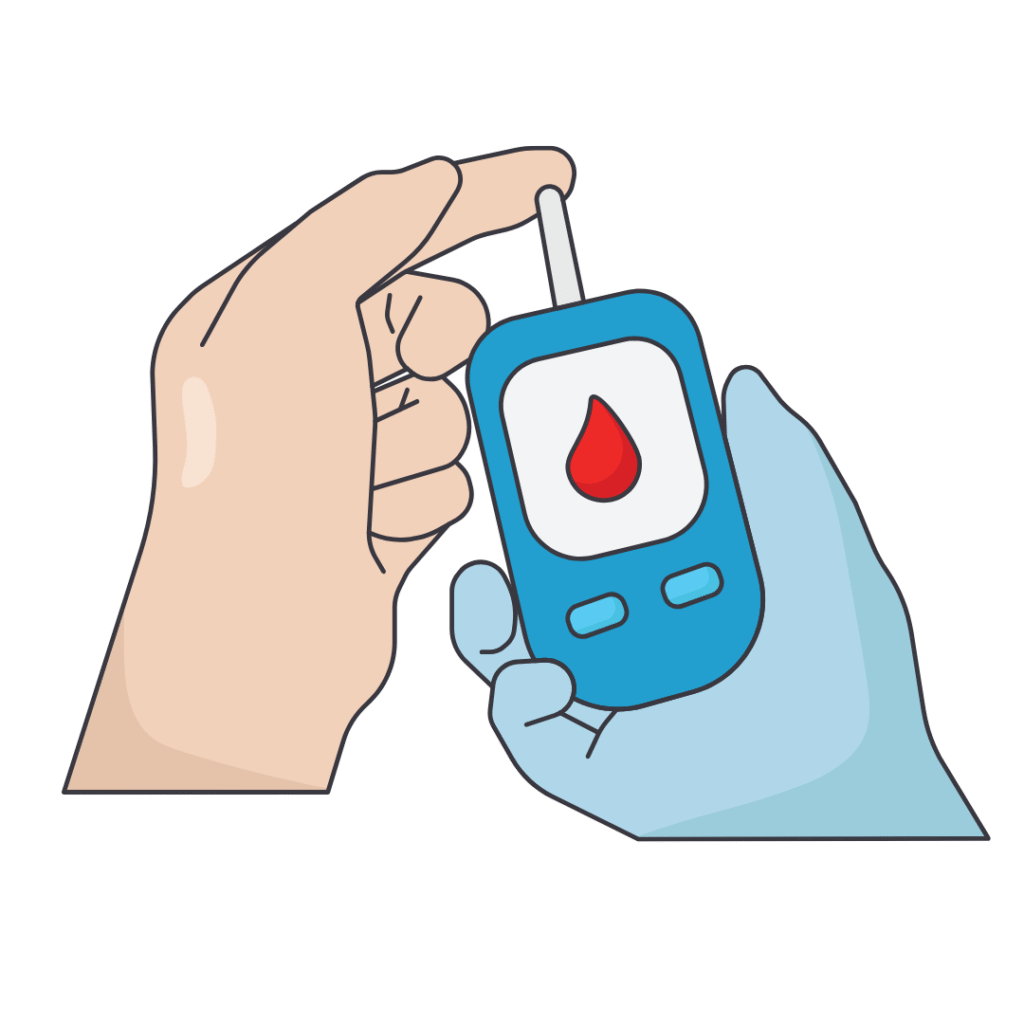

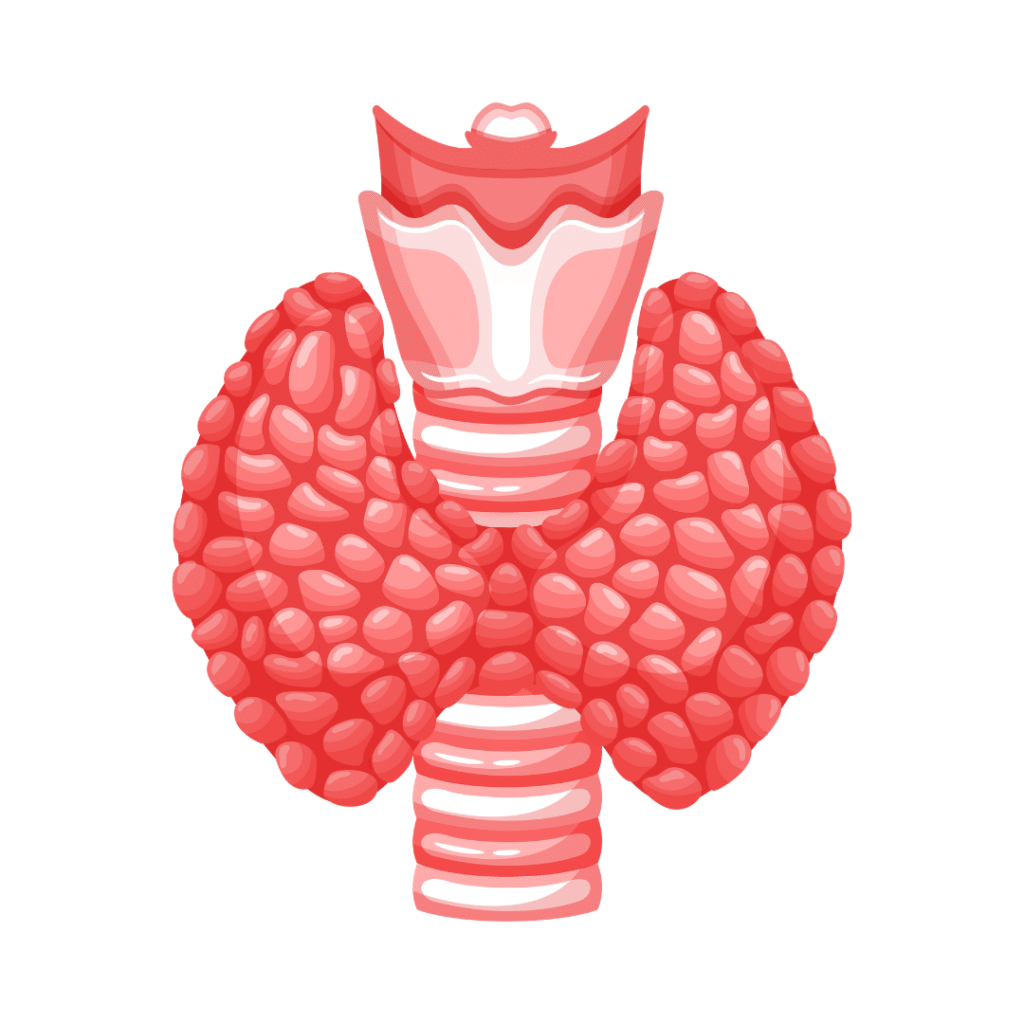
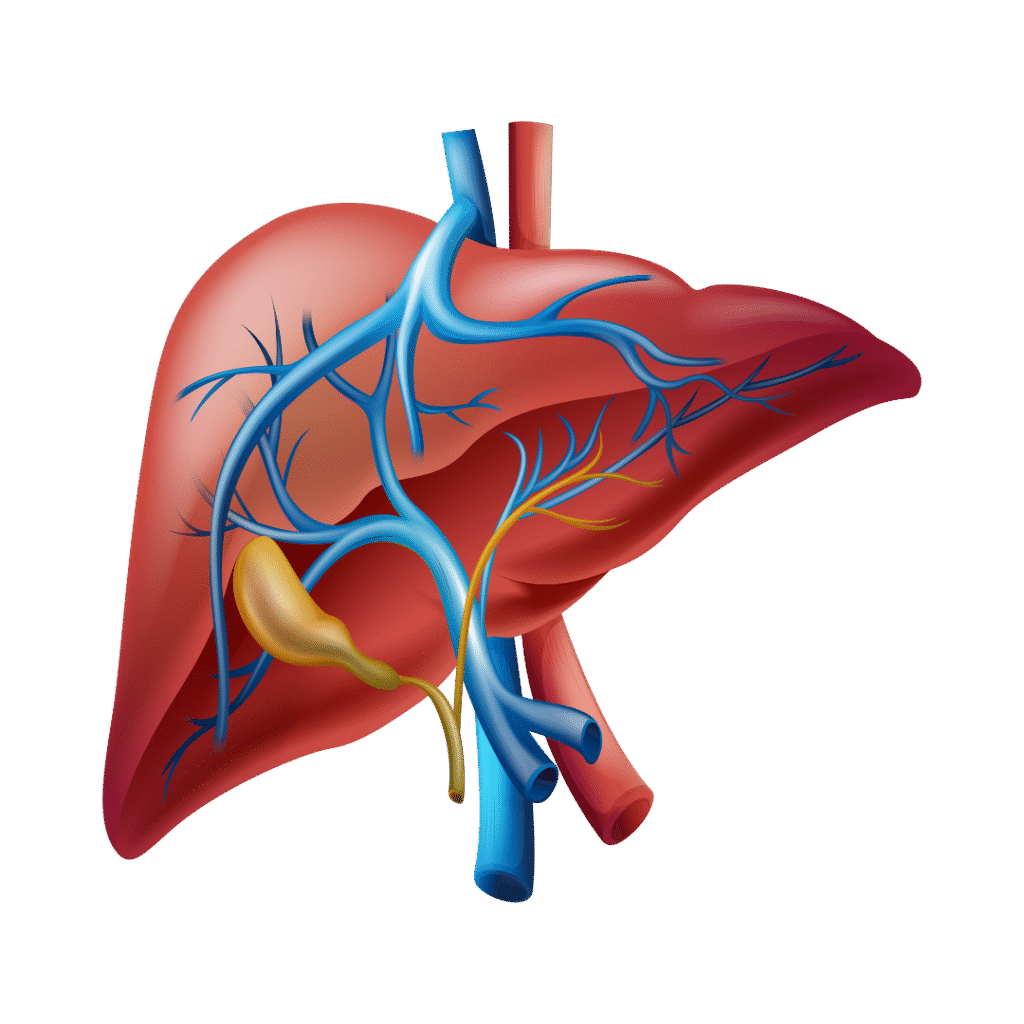

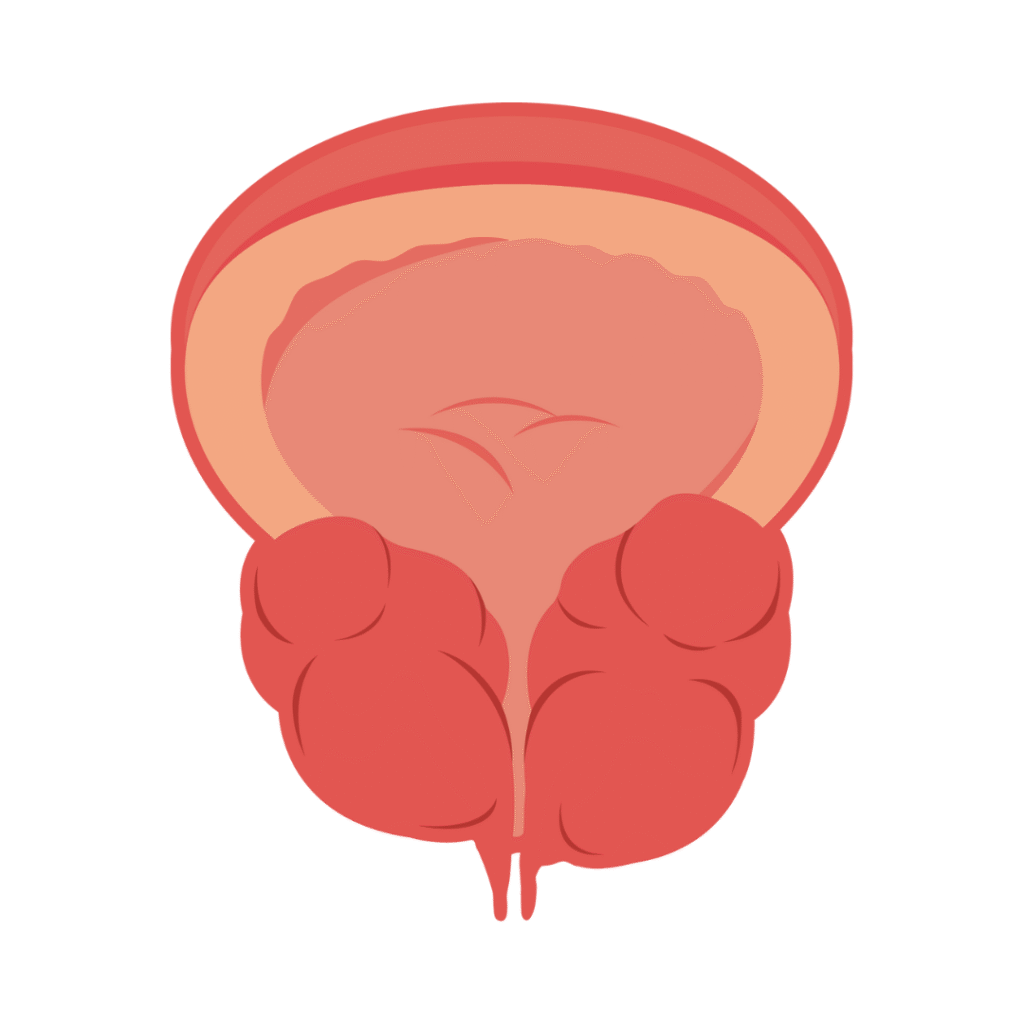

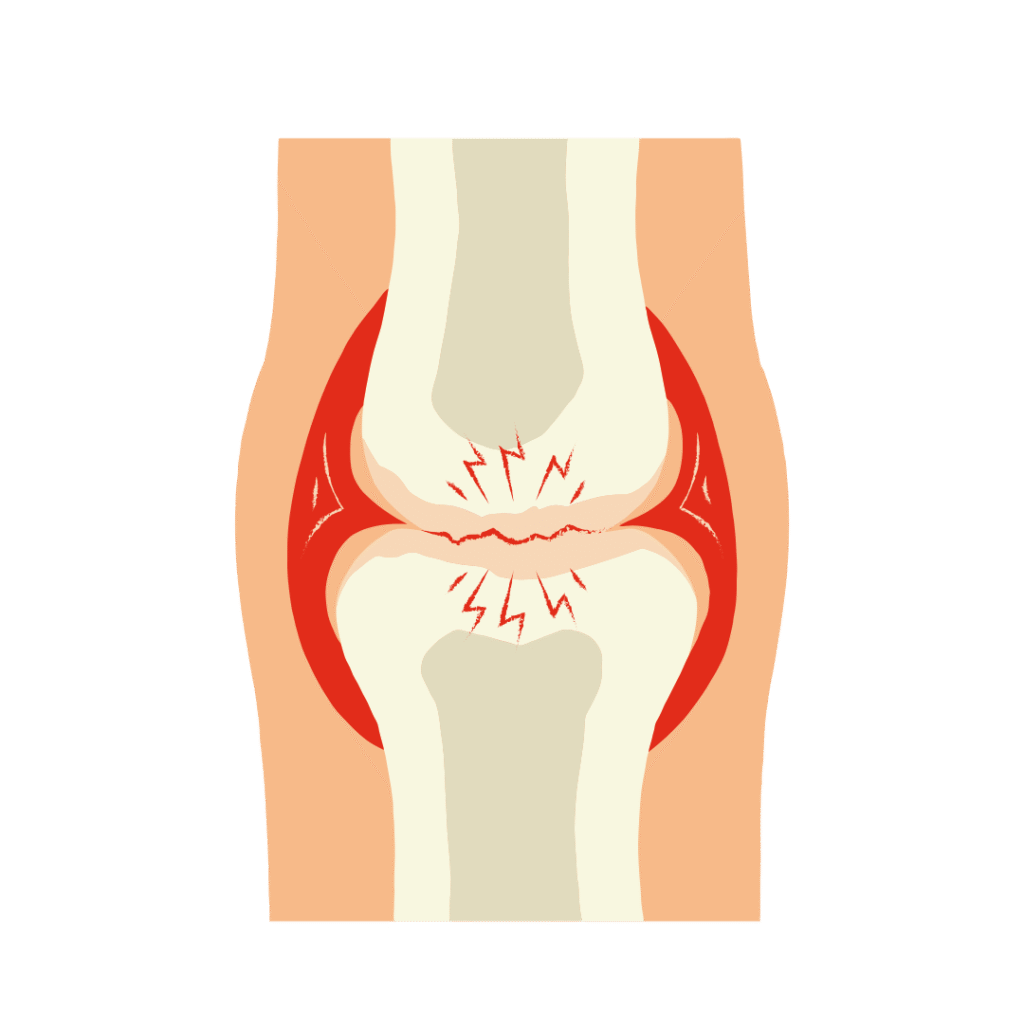
Diabetes
Pregnancy
Thyroid
Liver
Covid
Prostate
Fertility
Bone

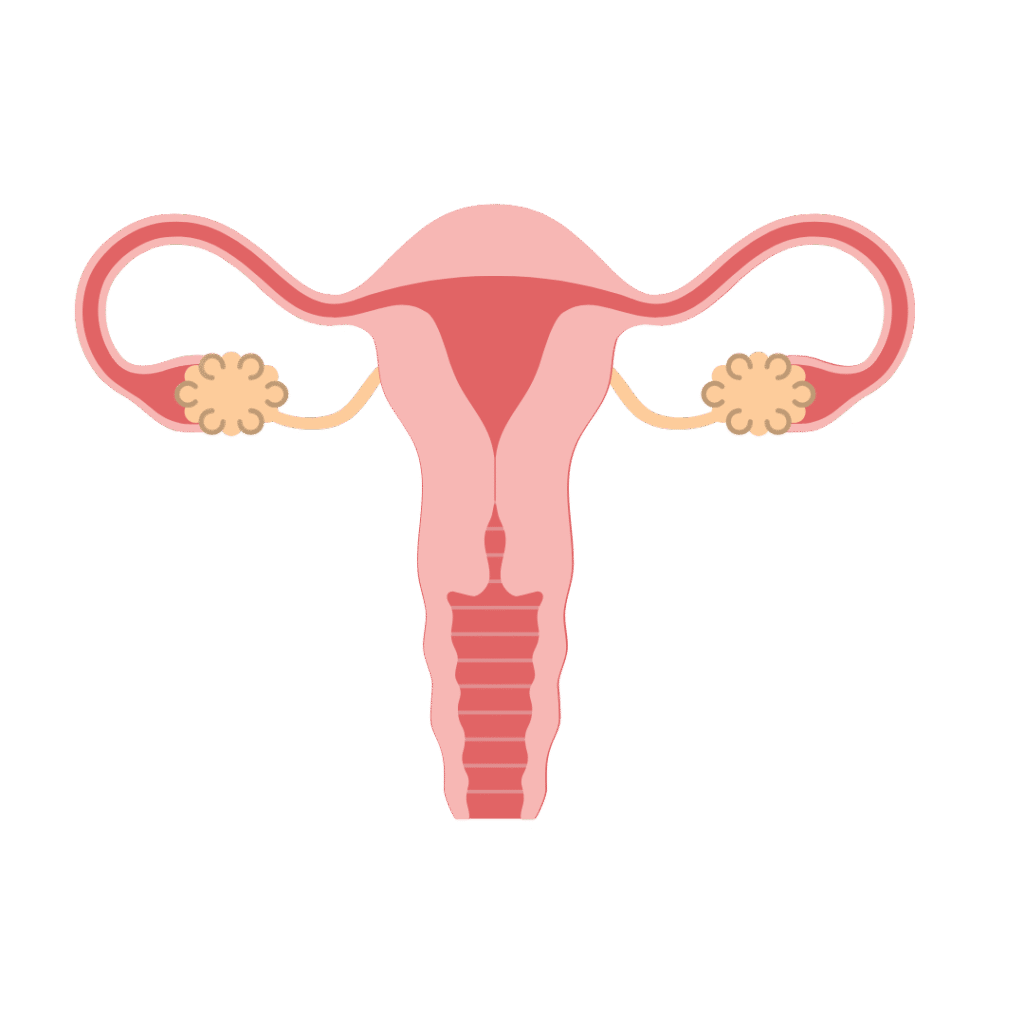

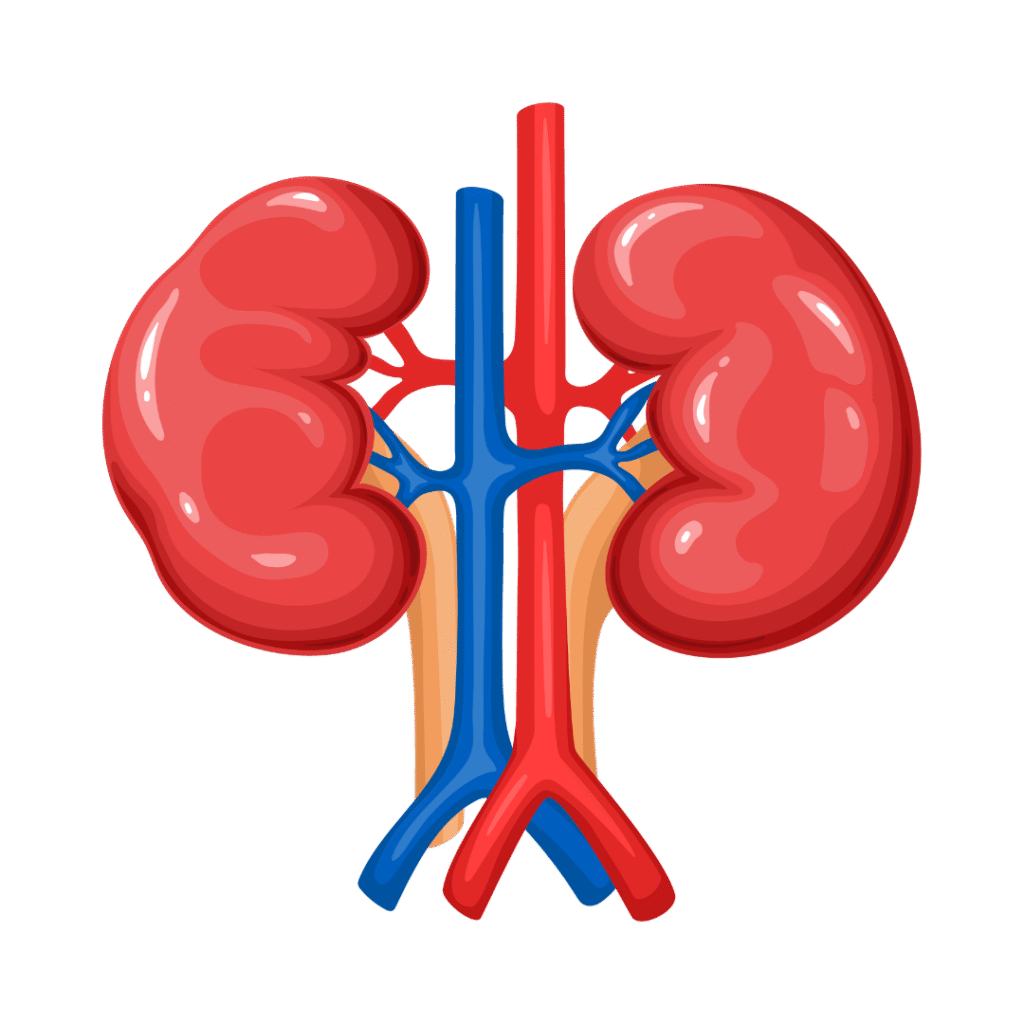

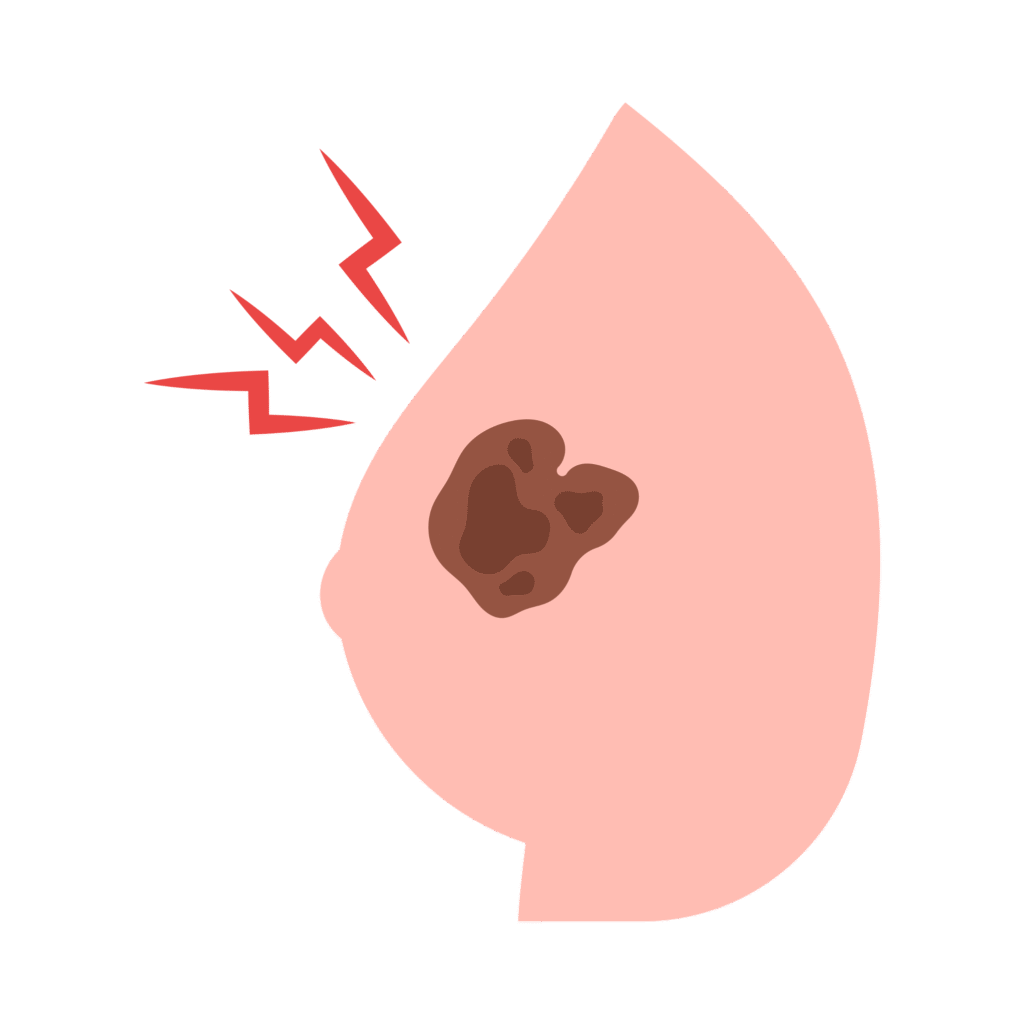

Gastro
Cervix
Heart
Kidney
cancer
breast
Vitamins





Tuberculosis (TB)
Anemia
Lungs
Fever
Allergy
Frequently Asked Questions
Ultrasound (or sonography) is a non-invasive imaging technique that uses high-frequency sound waves to produce images of internal organs, tissues, and blood flow in real-time.
Ultrasound is used to:
Monitor pregnancy and fetal development
Examine organs like liver, kidneys, bladder, uterus, prostate, and thyroid
Guide procedures like biopsies or fluid drainage
Detect cysts, stones, tumors, or abnormalities
Check blood flow using Doppler ultrasound
Yes. Ultrasound is completely safe, with no radiation exposure, making it ideal even for pregnant women and children.
Preparation depends on the type of scan:
Abdomen: May require fasting for 6–8 hours
Pelvic/Obstetric: Often requires a full bladder
Others (like thyroid or breast): Usually no preparation needed
Always follow instructions provided during appointment booking.
Most ultrasound exams take about 15–30 minutes, depending on the area being examined and the complexity.
No. Ultrasound is painless. You may feel slight pressure from the probe or mild discomfort if you have a full bladder, but the procedure is gentle and non-invasive.
Doppler ultrasound assesses blood flow in arteries and veins, helping detect blockages, clots, or poor circulation—especially in the legs, neck, or during pregnancy.
Ultrasound can help detect lumps or suspicious growths, but it may be followed by further tests (CT, MRI, biopsy) to confirm diagnosis.
No. While commonly used in obstetrics, ultrasound is widely used in cardiology, urology, gastroenterology, and other medical fields to assess organ health.
Preliminary results are often available immediately. A detailed report from the radiologist is usually ready within 24 hours.
